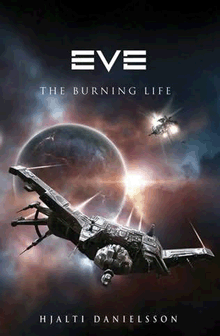 When it was released in 1968, 2001: A Space Odyssey was Stanley Kubriks' masterpeice and has since become one of the most important and critically acclaimed films in history. There are few films I have seen that can claim to have pioneered viaual effects or that can match the grandeur of the visuals or the scale of the subject matter, and I consider that this film to be the greatest film I have ever seen.
When it was released in 1968, 2001: A Space Odyssey was Stanley Kubriks' masterpeice and has since become one of the most important and critically acclaimed films in history. There are few films I have seen that can claim to have pioneered viaual effects or that can match the grandeur of the visuals or the scale of the subject matter, and I consider that this film to be the greatest film I have ever seen.
As a fan of both Arthur C Clark and Kubrik I read the book and watch the film regularly, I have even bought the gigantic psycadelic iris poster. I especially love the opening sequence where the planets converge in a line as Richard Strauss'; Also Sprach Zarathustra swells the music to incredible heights.
When I watched this version performed by the Portsmouth Symphonia Orchestra I simply cried with laughter. It's absolutely brilliant in a really bad way.
Related Links
2001: A Space Odyssey
2001: A SPace Odyssey Explained
2001: A Space Odyssey
Posted by Redundant blogger 1 comments
Labels: Space Stuff, Videos
An Astronomical Oversight
With Dominion, the fidelity of our beloved galaxy is to be completed, finally. Astronomical bodies such as planets and moons are to be lavished upon with great attention and illumination. This marvel can already be observed on Singularity and it’s a sight to behold. Such delight prompts endless snapping of the camera drones aperture while these sights are novel but, although a welcomed improvement in line with our adored space-craft and stations I am unsure whether the powers that be will implement the lushness with the necessary thought to make New Eden consistent.
Our solar system has several types of planets and these are formed and determined by the gravity effects from the central star and each others interactions over billions of years. Planets which nestle comfortably inside the asteroid belt are smaller and are composed mainly of rocks of various elements. These planets usually possess atmospheres and little or no moons as their gravity is too feeble to create such masses. The outer planets tend to be gas giants harbouring many moons within their huge gravitational fields as well as beautiful rings of debris in some rarer cases. The further out one goes from the central star the colder and more inert the planets become until they resemble nothing more than snowballs of unremarkable ore and frozen gas. The light available to such planets is far weaker than the central occupants enjoy making for some very dark objects indeed.
These details are superfluous to the mechanics of New Eden and Singularity is not subject to the same laws as the reality we enjoy, but I hope and trust that CCP look towards the composition of our own heavenly objects for inspiration, as well as the mechanics of solar system creation.
Related Links
Planet Formation
Posted by Redundant blogger 4 comments
Labels: Development, Singularity
















